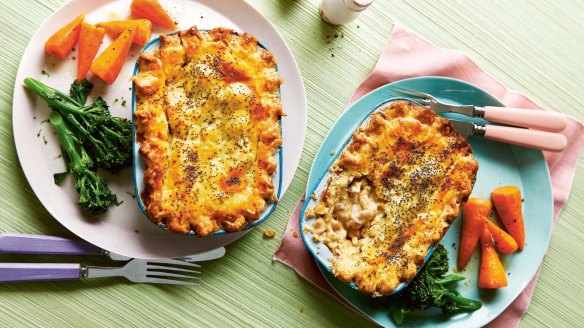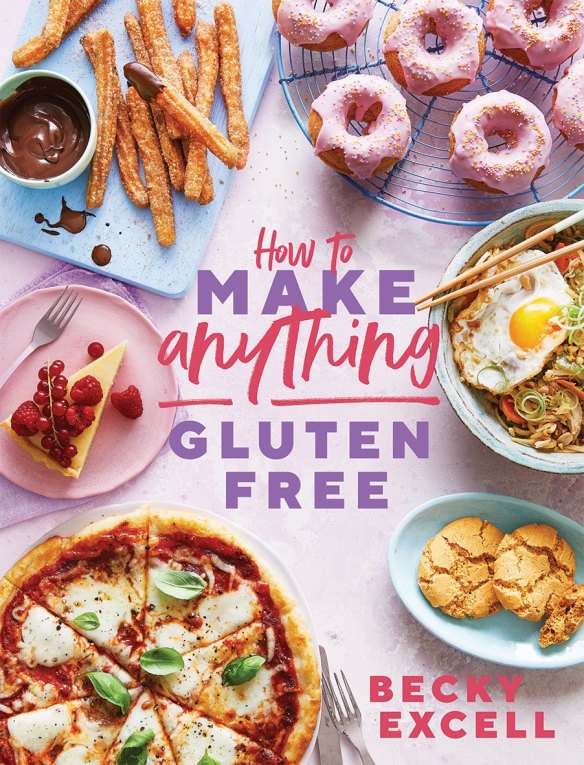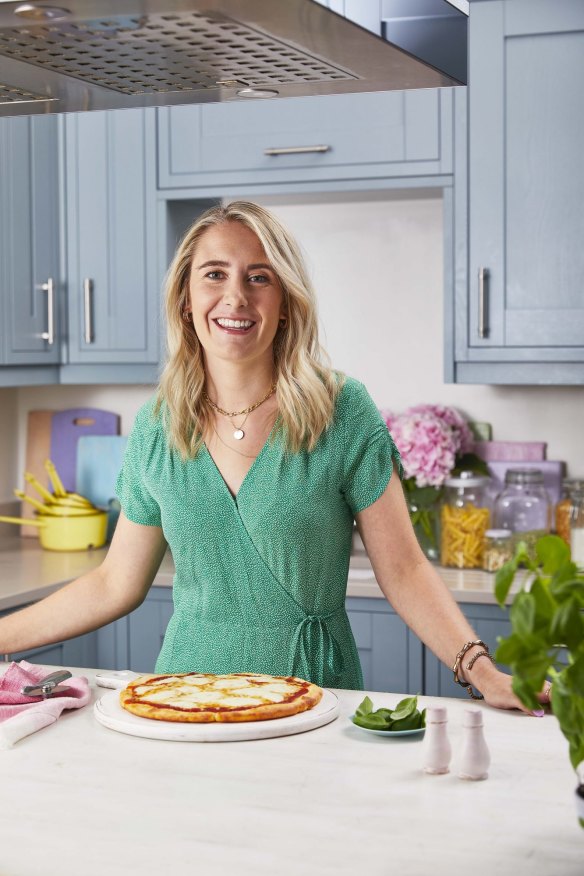How to prepare gluten-free food safely

- Four gluten-free recipes to satisfy sweet and savoury cravings
- A beginners' guide to understanding gluten
If you're cooking for yourself or someone else who's gluten-free (lucky them!) there are three simple things you need to know to ensure that your wondrous creation is safe to eat. After all, even the tiniest amount of gluten can be harmful.
When preparing gluten-free food, it's important to ask yourself these three questions:

1. Do any of the ingredients or products have any gluten-containing ingredients or relevant allergen warnings?
First of all, triple-check the ingredients list on any products used to ensure that they don't have any gluten-containing ingredients or relevant "may contain" allergy warnings. Here's a list of common sources of gluten that you'll need to avoid:
- Wheat
- Barley
- Rye
- Oats
- Spelt

Of course, even if a product doesn't have any gluten-containing ingredients, it can still be cross-contaminated through manufacturing methods.
Even naturally gluten-free products such as beansprouts or hazelnuts can sometimes have "may contain" warnings that makes them unsuitable for most people who are gluten-free. I've even seen "may contain" warnings on salt and pepper, so it's best to check everything.
It's best to triple check the ingredients and allergy info on the packaging of every product you're using.
2. How can I store my ingredients or products separately from gluten-containing foods?
If a gluten-free product or ingredient comes into contact with gluten at any point, it's no longer truly gluten-free. So how can you minimise that risk? Here are a few common best practices:
- Firstly, once gluten-free products are removed from their packaging, they must immediately be stored separately from gluten-containing products. This can easily be achieved by using clean, sealed, airtight containers. It's also wise to label the containers so it's clear to everyone in the household what's inside.
- Also, remember: if you butter gluten bread, then put the knife back into the butter, the butter is no longer gluten-free. It's always a good idea to have separate butter/jam/peanut butter and condiments that are clearly labelled as being "gluten-free only".
3. How can I avoid cross-contamination when preparing and cooking gluten-free food?
Carefully considering your cooking methods and any equipment used is vital in preparing gluten-free food, especially if your kitchen or utensils have previously been used to prepare gluten-containing food.
How can you minimise that risk? Here's a few more best practices:
- Of course, gluten-free food must be cooked entirely separately from gluten-containing food.
- When deep-frying gluten-free food, do not reuse oil that has been previously used to cook gluten-containing food.
- Do not place gluten-free bread in a toaster that has been used for gluten-containing bread.
- Do not cut gluten-free bread on a board that has been used for gluten-containing bread.
- All utensils and surfaces must be cleaned if they have previously come into contact with gluten. You can happily use washing-up liquid and dishwashers to do this.
- Ideally, you'd own utensils, pans and bread boards that are solely dedicated to gluten-free cooking.
The moral of the story is that you can never be too careful. This isn't an exhaustive list, so visit Coeliac Australia's website for up-to-date information.
This is an edited extract from How to Make Anything Gluten Free by Becky Excell, published by Quadrille, RRP $39.99. Buy now